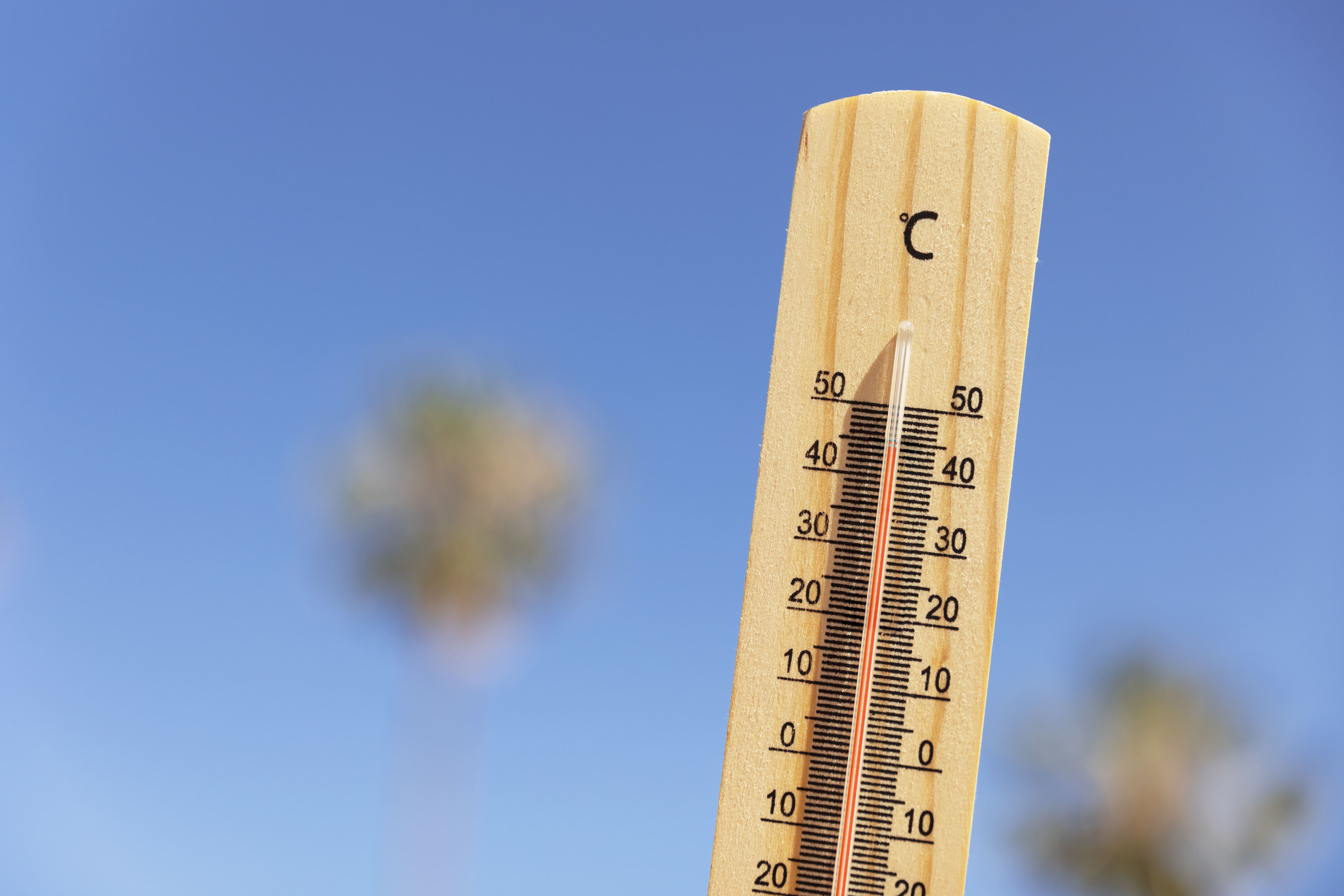Assessing the impact of the 1.5°C rise in 2024 on the Paris Agreement goals
Two papers published in Nature Climate Change analyse the possibility of exceeding the Paris Agreement targets of limiting warming to 1.5°C above pre-industrial temperatures. Both papers suggest that having exceeded this warming threshold by 2024 could indicate that we have entered a period of several decades with average global warming of 1.5 °C. According to the authors, rigorous climate mitigation efforts are needed to keep the Paris Agreement targets within reach.

Pep Canadell - París EN
Pep Canadell
Executive Director of the Global Carbon Project and Senior Research Fellow at the CSIRO Climate Science Centre in Canberra, Australia
No matter how we look at global temperature and its evolution in the years ahead, with these new studies and everything we already knew there is now ample evidence that the Paris Agreement's most important goal of limiting temperature rise to 1.5°C has been missed. And, unless more aggressive action on mitigation is taken quickly, so too will the goal of avoiding temperatures below 2ºC.
This is not a reason to throw in the towel, but rather to sharpen the climate and energy policies that will lead us to a decarbonised world.
Climate change is like a slippery slope with no bottom, so there is no limit to the damage it can do to our economy, health and environment. What we want to do is to apply the brakes as hard as we can so that the impacts don't get any bigger.
Anna Cabré - París EN
Anna Cabré
Climate physicist, oceanographer and research consultant at the University of Pennsylvania
One of the submissions points out that it is very likely that we are already within the 20-year window in which the average temperature will exceed 1.5°C, according to the scenarios we are observing. This trend can only be corrected by extremely drastic emission reduction measures. The other study mentions that having 12 consecutive months above 1.5°C anomaly indicates that it is very likely that we have already passed the 1.5°C threshold (the 20-year average). The studies are based on models calibrated with observations and natural variability.
While we might think that an anomaly of 1.5°C in a single year should not cause alarm because next year the temperature may fall, these studies tell us the opposite: if we have reached that level this year, it is likely that we have already exceeded the threshold. Unfortunately, this means that the urgency intensifies. We do not want to go significantly above 1.5°C because, beyond that point, the consequences become enormously complicated, and the only viable solution right now is to drastically reduce emissions.
Emanuele Bevacqua et al.
- Comment
- Peer reviewed
Alex Cannon et al.
- Comment
- Peer reviewed



